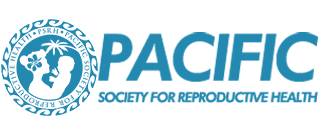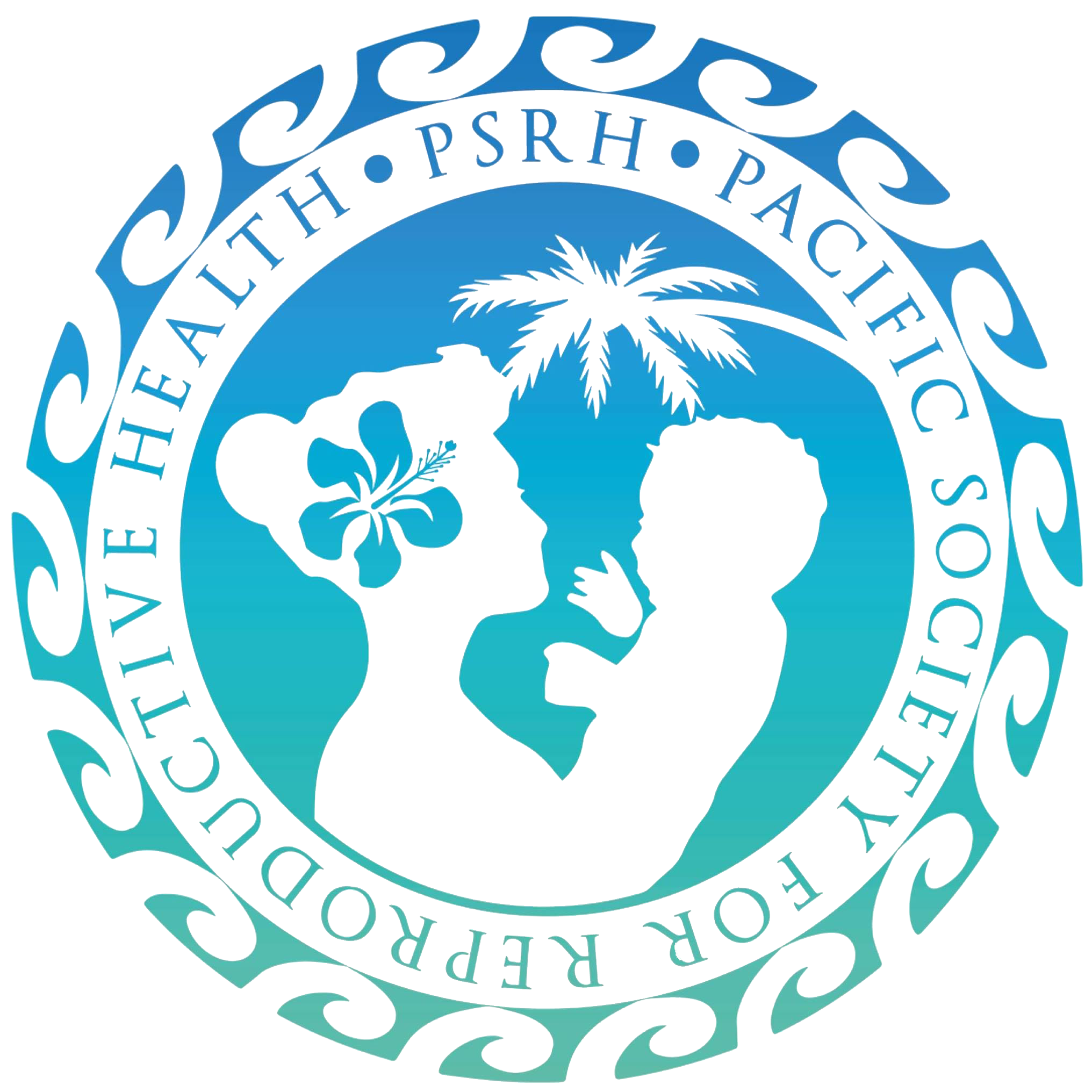(Dr Rufina Latu, WHO Country Office, Port Moresby and a/Prof Pushpa Nusair, Fiji National University)
The benefits of effective contraception have been well documented and family planning is widely promoted in the last 40 years as an essential intervention for improved maternal health. Studies show that investment in family planning incurs far-reaching health and economic gains at individual, community and national levels. However, despite global movements to step up the family planning agenda and increase access to service, contraceptive use is still low among Pacific island countries.
The concept of unmet need for family planning is not well understood by many service providers. It is defined as the proportions of women of reproductive age, either married or fecund (productive), who desire to delay childbearing or wish to stop having further children, but are not using an effective method of contraception. An unmet need points to the gap between a woman’s child-bearing intentions and contraceptive use.
Quite often, a health worker sees cases of unmet need. For instance, a mother becomes pregnant again when her baby is only six months old – this demonstrates an unmet need; similarly, when a 17-year-old student becomes pregnant; a 36 year-old mother enters her 7th pregnancy; or a 44 year-old mother becomes pregnant again ten years after her last delivery. We are too familiar with these kinds of cases of unmet need and yet we don’t put enough emphasis and actions to prevent them.
The level of unmet need for contraception remains high. Today, 214 million women in developing countries globally want to avoid pregnancy but are not using a modern method of contraception. This number has dropped by 10m during the last three years due to global movements in family planning. Among Pacific island countries, the unmet need ranges from 20% to as high as 50%. Various studies show that nearly half of women attending antenatal clinics had not intended to get pregnant.
The unmet need is especially high among particular groups such as adolescents, single mothers, urban settlement dwellers, refugees, older women with many children, women in the postpartum period, and those living in remote communities with poor access to health services.
The reasons for not using contraception can be a combination of various factors, including: not knowing about contraception, a perceived low risk of getting pregnant, lack of motivation, limited access to contraception inconvenience in seeking and receiving services, concerns about side-effects, cultural or religious opposition, providers’ bias and attitudes, gender-based barriers, cost to users, and concerns about social acceptability especially among young and/or unmarried people. For decades we continue to live with this list of familiar reasons, and unfortunately, there is a general tendency to accept them as the norm without finding practical solutions to address them. Consequently, the unmet need for family planning propagates among communities, resulting in more unplanned pregnancies, and subjecting more women and families to various levels of disadvantaged socio-economic circumstances and hardships.
It is a social responsibility for couples to plan the desired number of children they wish to have, and to determine the spacing between them. It is also a human right for a woman to choose if and when to become pregnant. Family planning has a direct impact on securing the well-being and autonomy of women, and has far-reaching benefits on the health and development of families and communities.
Family planning allows delaying pregnancies, spacing of pregnancies, and completing the size of families at the desired time. Evidence suggests that women who have more than 4 children are at more risk of life threatening maternal complications than those with fewer children. This also holds true for pregnancies among younger women under age 18 and those with short birthing intervals of less than two years.
The vicious cycle of events contributing to unmet need for family planning has to be interrupted if we are to gain the full health and socio-economic benefits of contraception. This involves taking pragmatic steps to get non-users to become dedicated contraceptive users. Effective contraception must be an essential part of basic healthy living.
The message is clear – we need to reduce the unmet needs for family planning. The unmet need declines as more non-users become users. Women and their partners should be empowered to use effective contraception. We need to return to basics – make family planning simple, practical and essential, provide client-friendly services, remove unnecessary barriers, and make every contact with health care a golden opportunity to talk about contraceptive needs.






 A/Prof Pushpa Nusair of FNU reports on those who recently graduated with Masters and research topics:
A/Prof Pushpa Nusair of FNU reports on those who recently graduated with Masters and research topics: